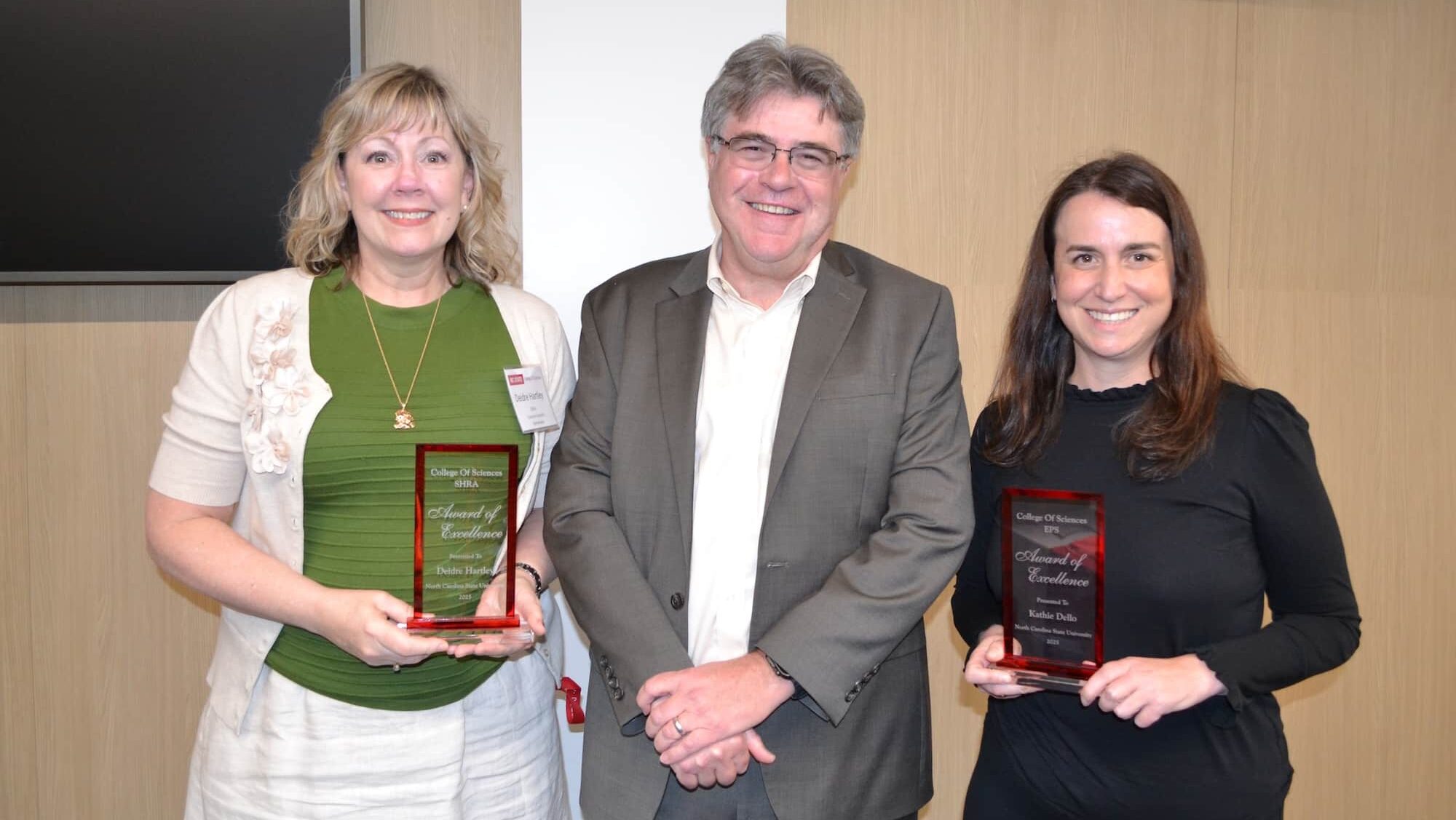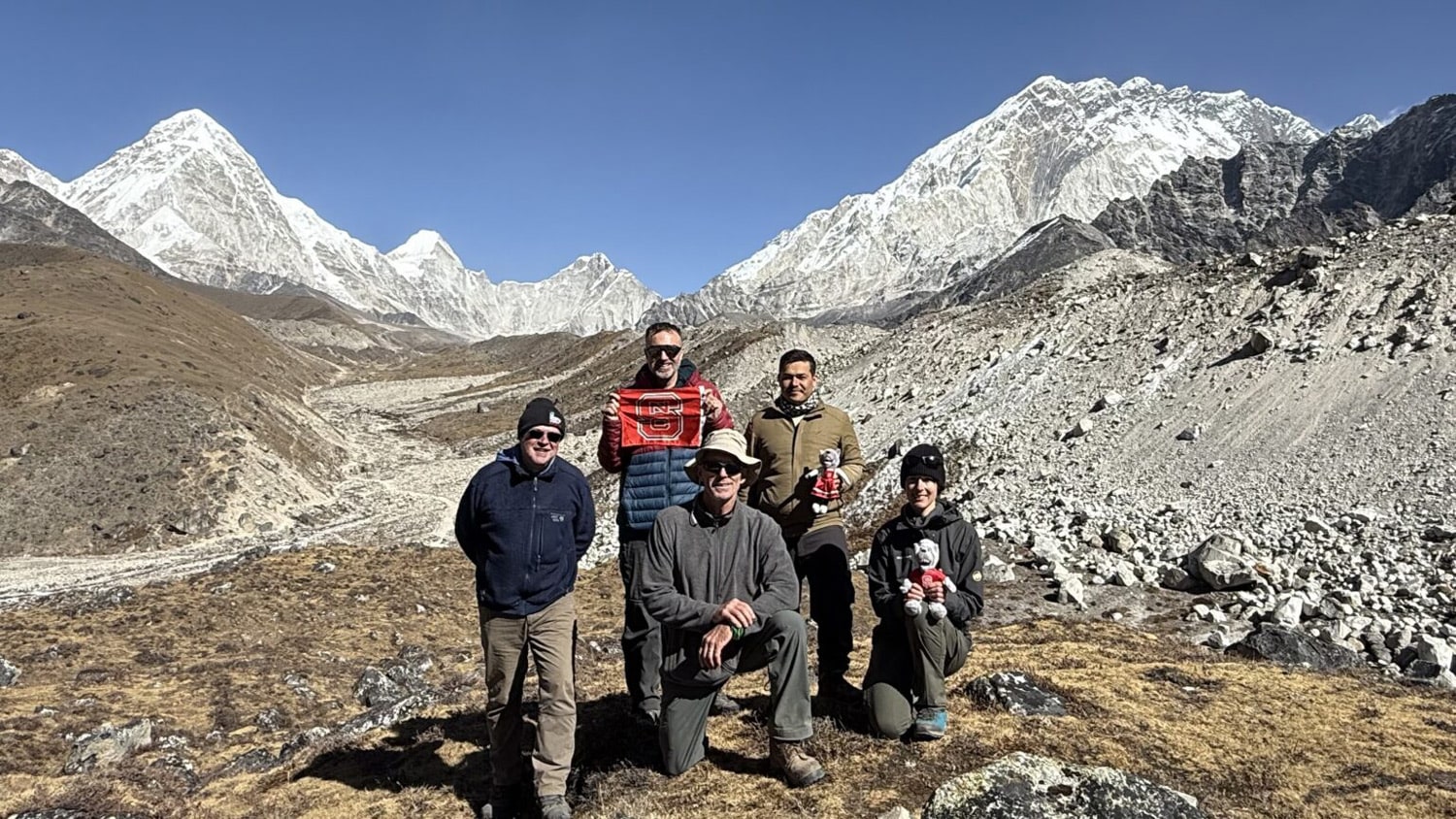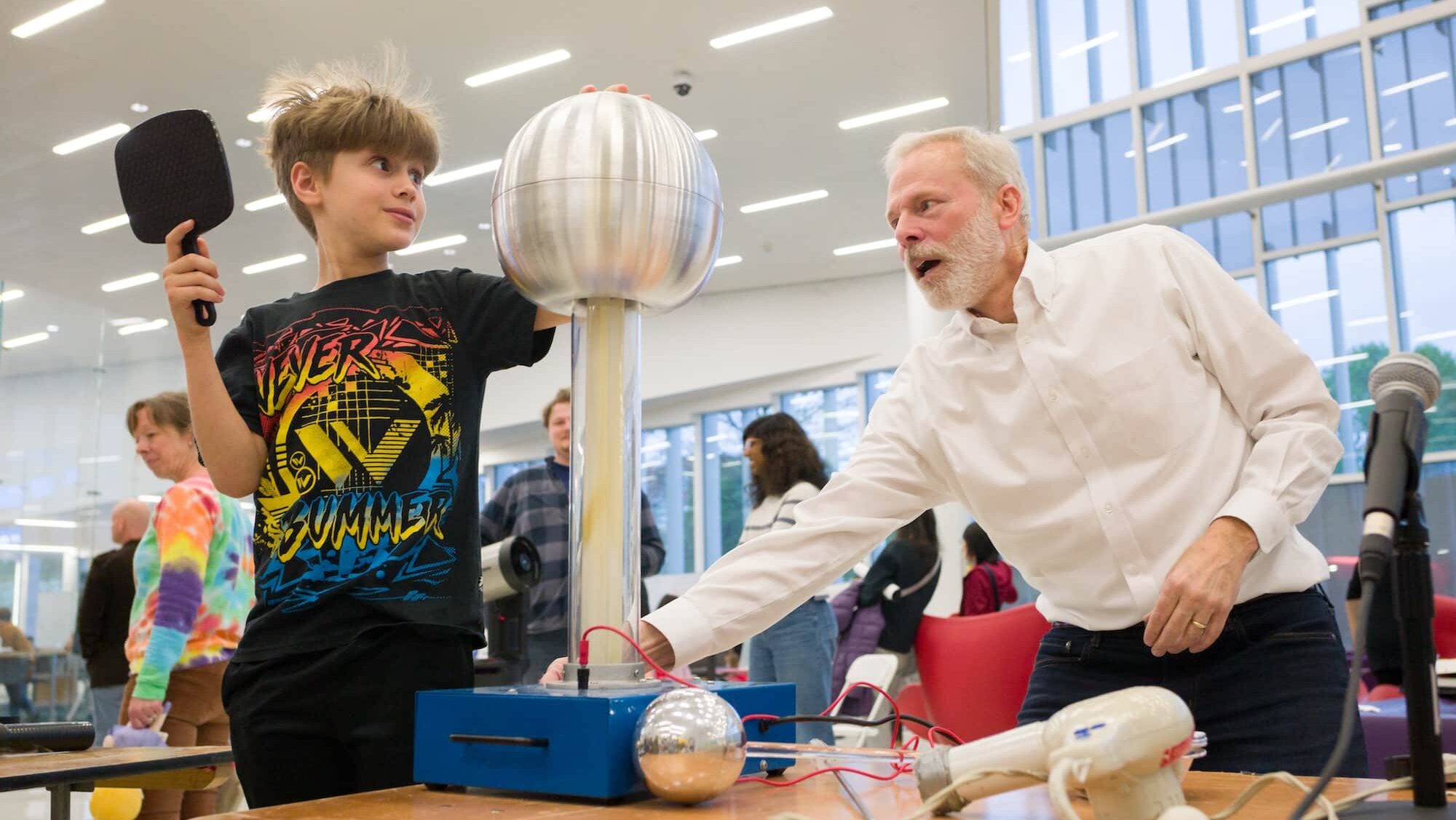Connecting the Dots
Researchers expand database to help link chemicals, genes and diseases.
What are the chemicals we’re exposed to doing to us? How do we develop drugs that are safe?
With help from Pfizer, researchers in the biological sciences at NC State have updated their one-of-a-kind public database to find the answers.
The Comparative Toxicogenomics Database (CTD) links research about chemicals, genes and diseases in an effort to better predict how chemicals will affect our health. The project kept the CTD team busy for a year. Researchers coded 88,000 papers covering 70 years of research. The update could help develop indicators of chemical exposure, personalized health care and strategies to develop safer medicines.
The image above shows a pathway created in CTD, representing genes that are linked to a chemical and disease. The pathway is a possible bridge between arsenic exposure and lung cancer.
By connecting existing research, CTD helps scientists test which genes may be critical for understanding how an environmental chemical could cause a disease, or how a drug may be used to treat one. This example shows how some important genes may work together and informs which genes a researcher might study further, such as DNMT1, BRAF and SOX2.
DNMT1 gives a cell instructions for making an enzyme important in many functions, including whether DNA instructions are carried out or ignored.
BRAF is an oncogene. When mutated, it has the potential to cause normal cells to become cancerous.
SOX2 gives instructions for making a protein needed to create tissues and organs.
- Categories:


